This content is for informational and educational purposes only. Always consult a qualified healthcare provider.
Last Updated on January 12, 2024 by Grace Oluchi
Why did the banana go to the dentist? To get a-peel-Ing! (After teeth whitening) 😂😂
📋 Table of Contents
Introduction.
Teeth whitening has become so popular over the past few years as more and more people are looking to improve the appearance of their teeth. A bright, white smile can boost confidence and self-esteem, and make a person feel more attractive and young. In this article, we’ll discuss what it is, how it works, the different methods available, and the potential risks and benefits.
What is Teeth Whitening?


Teeth whitening is a cosmetic procedure that involves undoing stains from the teeth to make them appear brighter and whiter. It’s a simple and non-invasive procedure that can be done in a dental office or at home using various methods.
Why is my teeth stained?
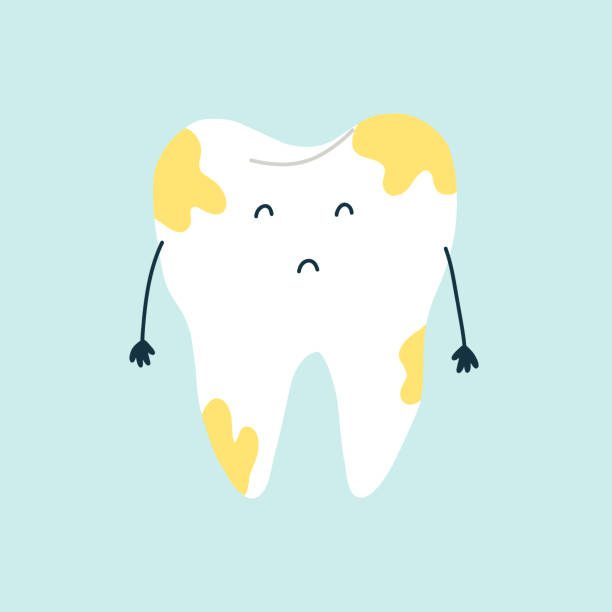

Teeth can become stained for a variety of reasons, including:
- Drinking coffee, tea, or red wine.
- Smoking or using tobacco products.
- Poor oral hygiene.
- Aging.
- Certain medications.
- Genetic factors.
How Does it Work?
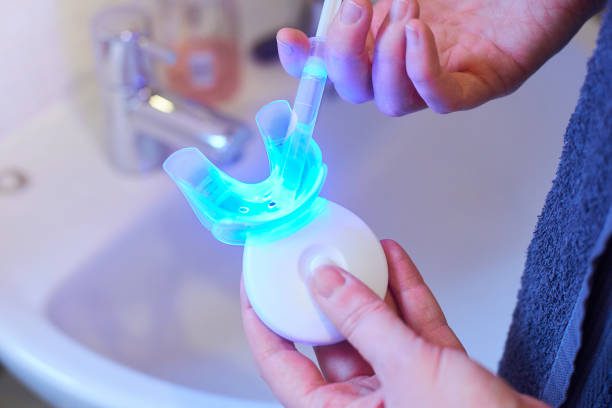

Teeth whitening works by using a bleaching agent to break down the stains on it. The most common bleaching agents used are hydrogen peroxide and carbamide peroxide. These agents enter the enamel of the teeth and break down the stains, leaving behind a brighter, whiter shade.
Types.
There are two main types of whitening: in-office and at-home. In-office whitening is done by a dental professional and usually takes about an hour. At-home whitening can be done using a variety of methods, including whitening toothpaste, whitening strips, and custom-fitted whitening trays.
In-Office.
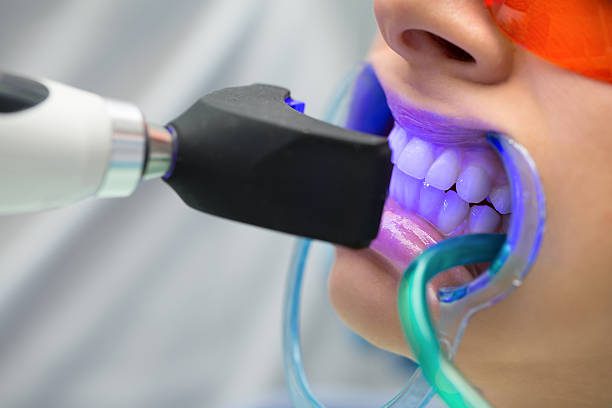

In-office whitening is the most effective and quickest way to whiten teeth. The procedure is done by a dental professional and typically takes about an hour. Here’s what you can expect during an in-office whitening procedure:
- The dental professional will examine your teeth to determine the level of staining and the best course of treatment.
- If necessary, they will clean your teeth to remove any surface stains and debris.
- They will apply a protective gel to your gums to prevent any irritation from the bleaching agent.
- They will apply the bleaching agent to your teeth and leave it on for a set amount of time, usually 15-30 minutes.
- They may use a special light or laser to enhance the bleaching process.
- They will rinse off the bleaching agent and remove the protective gel from your gums.
After the procedure, you should be able to see a noticeable improvement in the color of your teeth. The results can last up to a year, depending on your diet and oral hygiene habits.
At-Home.
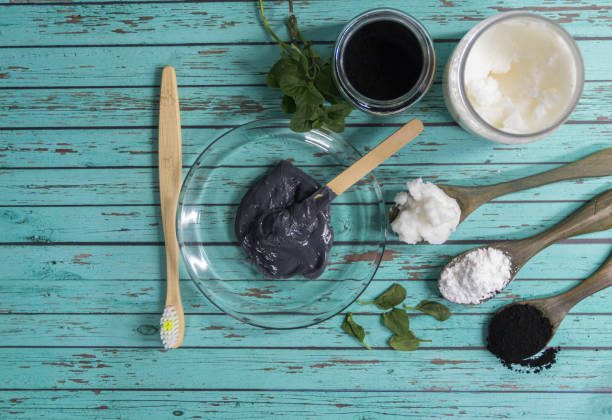

At-home whitening can be done using a variety of methods, including whitening toothpaste, whitening strips, and custom-fitted whitening trays. Here’s a closer look at each method:
Whitening Toothpaste.


Whitening toothpaste is the easiest and most affordable way to whiten your teeth at home. These toothpastes contain small amounts of bleaching agents and abrasive particles that help remove surface stains. However, they’re not as effective as other methods and can take several weeks to see results.
Whitening Strips.


Whitening strips are a more effective way to whiten your teeth at home. These strips contain a higher concentration of bleaching agents that are directly on it. They’re easy to use and can be worn for as little as 30 minutes a day. However, they can cause pain and may not whiten it evenly.
Custom-Fitted Whitening Trays.


Custom-fitted whitening trays are the most effective and comfortable way to whiten at home. These trays are custom-made to fit your teeth and contain a higher concentration of bleaching agents than over-the-counter products. They’re worn for a set amount of time each day, usually 30 minutes to an hour, and can produce dramatic results in just a few weeks.
Risks and Benefits.
Whitening is a safe and effective way to improve the appearance of your teeth, but there are some risks and potential side effects to be aware of.
Benefits.
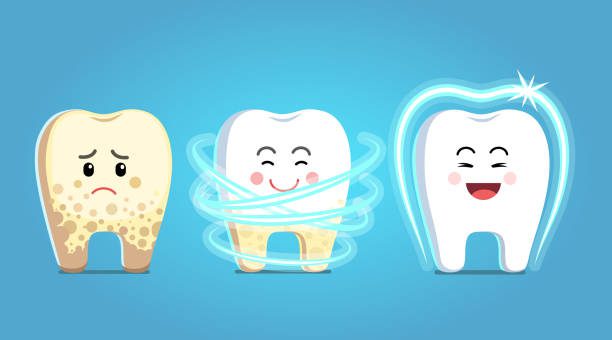

- Improved appearance of teeth
- Boost in confidence and self-esteem
- Non-invasive and painless procedure
- Quick and easy results
Risks.


- Tooth sensitivity and pain
- Irritation of gums
- Uneven whitening
- Damage to tooth enamel
To minimize the risks of whitening, it’s important to have the procedure done by a dental professional and follow their instructions carefully. It’s also important to practice good oral hygiene habits and avoid foods and drinks that can stain your teeth.
The Key Takeaway.
Teeth whitening is a safe and effective way to improve the appearance of your teeth and boost your confidence. There are several methods available, including in-office and at-home options, each with their own benefits and risks. If you’re considering whitening, it’s important to talk to your dentist to determine the best course of treatment for your individual needs.
What is teeth whitening?
It is a cosmetic dental treatment that involves removing stains from the teeth to improve their appearance.
How does teeth whitening work?
It is typically done using bleaching agents such as hydrogen peroxide or carbamide peroxide. These agents penetrate the enamel and break up the stains, leaving the teeth looking whiter and brighter.
Is teeth whitening safe?
It is generally safe when done under the supervision of a dental professional. However, it’s important to follow the instructions carefully and avoid overuse, as excessive use of bleaching agents can damage the enamel and cause sensitivity.
How long does teeth whitening last?
The duration of the results can vary depending on factors such as lifestyle habits and oral hygiene. In general, teeth whitening results can last anywhere from several months to a few years.
What are the different types of teeth whitening treatments?
There are several types of teeth whitening treatments, including in-office bleaching, at-home bleaching with custom trays, and over-the-counter whitening products such as strips and gels.

